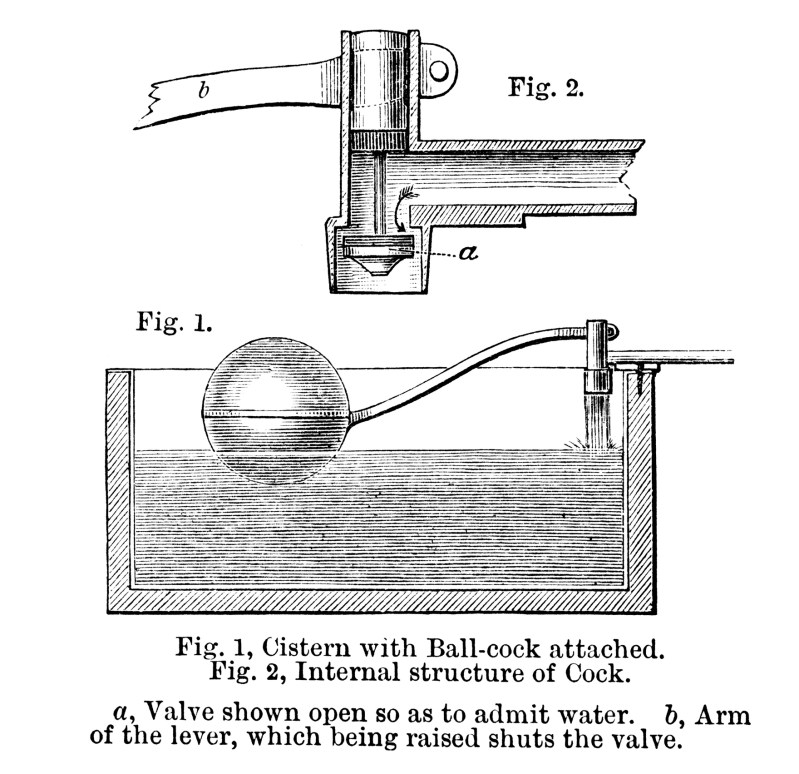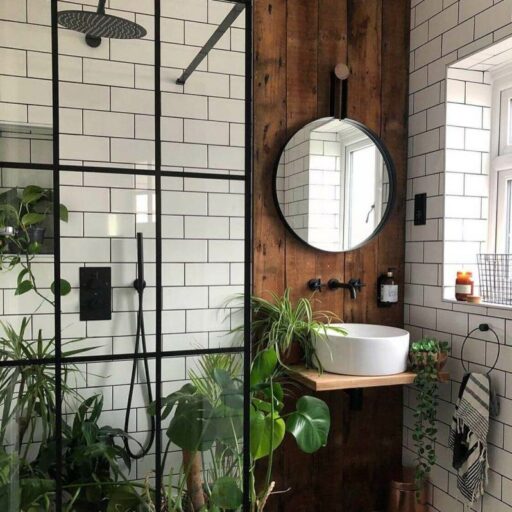Modern Toilet Invention – Along with eating sushi, swimming in an onsen, and wearing a kimono, using the Japanese toilet is one of Japan’s greatest cultural experiences.
I have been shocked and amazed by many things about Japan, but nothing has left me more confused than Japanese bathrooms.
Modern Toilet Invention

On my first visit to Japan, I stepped off the plane half asleep and entered the airport bathroom, only to be faced with a bathroom with so many buttons and controls it almost rivaled an airplane cockpit. Now that I’ve gotten used to the convenience of Japanese toilets, I think it’s the best invention since the wheel.
The History Of The First Toilet
There are two types of Japanese toilets. One is the traditional squatting style and the other is the modern bidet.
A squat toilet can be difficult to use for many foreigners, unless you are from an Asian country and have not seen or used these toilets before. But what I want to talk to you about today is not the traditional squat toilet but the modern bidet. Japanese baths were still quite primitive until 1903. Then Japanese inventor Kazuchika Okura went west and fell in love with the baths he saw there. He founded the Toto Company in 1917 and introduced modern toilets to Japan. The name Toto has since become synonymous with toilets in Japan. But it wasn’t until the 1980s that the company started to innovate and launched the WashletG series and hasn’t looked back since.
The Japanese bath literally spoils you with choice with its various options. By simply pressing a few buttons, you can choose the exact amount of “leanness” you want to achieve in the water. You can also adjust the water temperature and pressure by choosing between a low-pressure setting, a high-speed spray jet, or a massage function with oscillating and pulsating water jets. After cleaning, simply press another button to let the warm air gently dry your bottom.
It’s a bit of a surprise that the hand doesn’t come out to gently caress and powder your butt, too. The technologically advanced bathrooms also offer deodorizing sprays, motion sensors that open the lid when someone enters, and a toilet that turns on as soon as you wake up. Another great feature that I absolutely appreciate in the winter is the seat heating. This allows you to adjust the seat temperature so you have a warm and cozy place to sit. In fact, during the Japanese winter, a throne may be the most comfortable place to sit, as Japanese homes don’t have central heating!
How To Draw A Toilet, Step By Step, Drawing Guide, By Dawn
Previously, the toilet sign was only in Japanese, which made most foreigners completely confused and intimidated. Luckily, most modern bathrooms now come with pictures or explanations in English, otherwise non-Japanese speakers literally wouldn’t know what they hit.
In most Japanese homes, the toilet is located in a separate area from the bathroom. The Japanese tend to divide areas into clean and unclean. The bathrooms are dirty and to reduce contact between the bathroom and the rest of the house they keep a pair of slippers outside the bathroom. You must take off your regular slippers and use them when entering the bathroom.
The Japanese also save water and space in the most ingenious ways. Most homes have a toilet with a small sink mounted on the cistern. When you flush the toilet, the sink faucet automatically releases water. When you wash your hands, water goes into the tank, to be used the next time someone flushes. The toilet also has a “small” (小) and “large” (大) setting and this indicates the amount of water used to flush.

The one that says a lot about the Japanese aversion to anything even slightly insensitive is “Oto Hime” or “Sound Princess”. Japanese women are sensitive types, they hate sounds that reveal their activity in the bathroom. The solution until a few years ago was continuous streaming to cover all the other sounds.
The Technological Wonder That Is The Japanese Toilet
Then the Tutus thought of a small device that made a sound when activated. Now, with the push of a button, Japanese women can drown out all the noise and go about their business in peace and without embarrassment. The subliminal sound can be anything, a quiet note, a song or even the sound of a flowing river. In my humble opinion, along with eating sushi, swimming in onsen baths and wearing a kimono, using the Japanese toilet is one of the greatest cultural experiences in Japan.
It takes a little while to get used to the amenities, but once you do, you’ll wonder how primitive you’ve been in using the bathroom until now. It will make you forget about buying the usual camera and laptop, all you will want to do is sneak a Japanese toilet into your house!
Japan captured my heart as soon as I arrived here many years ago. Being 5 feet 9 inches tall, living in Japan has always been an adventure. When I’m not trying to fit into small spaces or save my head from the ceiling, you’ll probably find me exploring Tokyo on foot, looking for interesting attractions or places to eat. My adventures take me down many cherry blossom paths that lead to new tall girl travel stories in Japan. Straight toilets can be designed for sitting or squatting. Above: Flush toilet, with cistern, designed for seating. Bottom: squat toilet, with waste tank (Wuhan, China)
A flush toilet (also known as a flush toilet, water closet (toilet); see also toilet names) is a toilet that disposes of human excreta (primarily urine and feces) by using the force of water to flush it through a pipe discharge To the last treatment location, either nearby or in a community facility, thus maintaining the separation between humans and their waste. Straight toilets can be designed for sitting or squatting, in the case of squat toilets. Most modern wastewater treatment systems are also designed to process specially formulated toilet paper. The opposite of a smooth toilet is a dry toilet, which does not use water to flush.
From Ancient China To Modern Automatic Flush Toilets: The Evolution Of Toilets
Flushing toilets are a type of plumbing fixture and usually include S-, U-, J-, or P-shaped channels called traps that cause water to pool in the toilet bowl to hold waste and act as a buffer against harmful sewer gases. Most toilets are connected to a sewer system that transports wastewater to a wastewater treatment plant. Alternatively you can use a septic tank or a composting system.
Related devices are urinals, which primarily dispose of urine, and bidets, which use water to clean the anus, perineum, and buttocks after using the toilet.
A typical bidet toilet is a fixed glass-ceramic toilet (also known as a toilet) connected to a drain. After use, the bowl is emptied and cleaned by quickly flushing water into the bowl. This flow can come from a dedicated tank (cistern), a high-pressure water pipe controlled by a flow valve, or by manually pouring water into the vessel. Tanks and valves are usually operated by the user, pressing a button, pushing a handle, pulling a lever, or pulling a chain. Water is directed around the tub by a rinse rim molded around the top of the tub or by one or more jets, so that the interior surface of the tub is rinsed with water.

A typical toilet has a tank mounted above the bowl that holds a fixed amount of water and two flushes. The first device allows a portion of the tank contents (usually on the order of 3-6 liters or 3 1/4 -1 1/2 US) to be flushed or sucked from the toilet into the canal, where the user opens the flow . The second device automatically allows water to flow into the tank until the water level is adequate for the flow.
The History Of The Toilet Infographic
Water can be drained through a “cabinet valve” (not to be confused with a type of check valve) or through a siphon. The float usually controls the charging device.
Cisternless toilets are often flushed by a simple flush valve or “flush meter” connected directly to the water supply. They are designed to quickly discharge a limited amount of water when the lever or button is pressed and released.
This type of bottle toilet does not have a tank or permanent water supply, but is flushed by pouring a few liters of water from the container. May require less cleaning
This type of toilet is common in many Asian countries. The toilet can be connected to one or two pits, in this case it is called a “flush toilet” or “double flush toilet”.
The History Of Toilets. Have A Good Look Before You Flush Down…
Toilet paper invention, flushing toilet invention, flush toilet invention, toilet paper invention date, modern invention, toilet seat invention, toilet invention, toilet paper hat invention, toilet invention date, invention of flush toilet, invention of modern technology, the toilet invention

